Understand
Welcome to Mgahinga National Park, the smallest among Uganda's impressive national parks. Nestled in the picturesque region of South Western Uganda, Mgahinga continues the breathtaking Virunga Forests that span across three countries: Uganda, Rwanda, and the Democratic Republic of Congo. While it may not be as well-known as its counterparts, Mgahinga Gorilla National Park plays a crucial role in protecting the endangered mountain gorillas. Alongside Bwindi Impenetrable National Park in Uganda, Virunga National Park in the DR Congo, and Volcanoes National Park in Rwanda, Mgahinga stands as one of the four sanctuaries dedicated to the preservation of these majestic creatures. Explore the lush landscapes, trek through the dense forests, and come face-to-face with these incredible animals in their natural habitat. Mgahinga National Park offers a unique and awe-inspiring opportunity to witness the beauty of nature and contribute to the conservation efforts that are saving these remarkable creatures from extinction. Don't miss this chance to be part of something extraordinary.
Map & Climate
Popular Foods
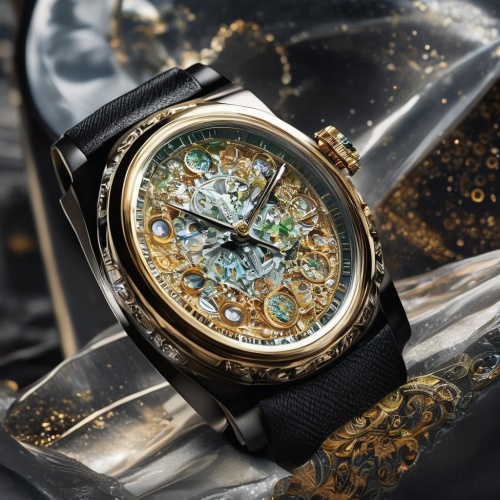 1. Matoke - Matoke is a traditional Ugandan dish made from unripe bananas (plantains) that are steamed and then mashed. It is often served with grilled or fried chicken, fish, or beef, accompanied by vegetables such as sukuma (collard greens) and matooke plantain seeds. The dish reflects Uganda's agricultural abundance and its culinary roots.
1. Matoke - Matoke is a traditional Ugandan dish made from unripe bananas (plantains) that are steamed and then mashed. It is often served with grilled or fried chicken, fish, or beef, accompanied by vegetables such as sukuma (collard greens) and matooke plantain seeds. The dish reflects Uganda's agricultural abundance and its culinary roots.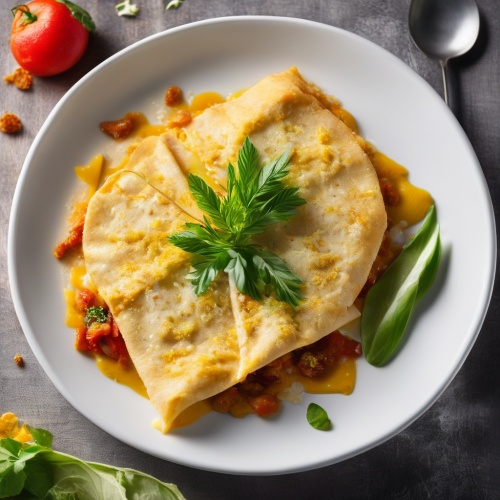 2. Rolex - Rolex is a Ugandan street food derived from the Indian roll, but with an East African twist. It typically consists of a wheat flour crepe filled with scrambled eggs, cabbage, onions, tomatoes, and either beef, chicken, or suya (marinated, skewered, and grilled meat). Rolex is commonly eaten at breakfast or as a quick snack throughout the day.
2. Rolex - Rolex is a Ugandan street food derived from the Indian roll, but with an East African twist. It typically consists of a wheat flour crepe filled with scrambled eggs, cabbage, onions, tomatoes, and either beef, chicken, or suya (marinated, skewered, and grilled meat). Rolex is commonly eaten at breakfast or as a quick snack throughout the day.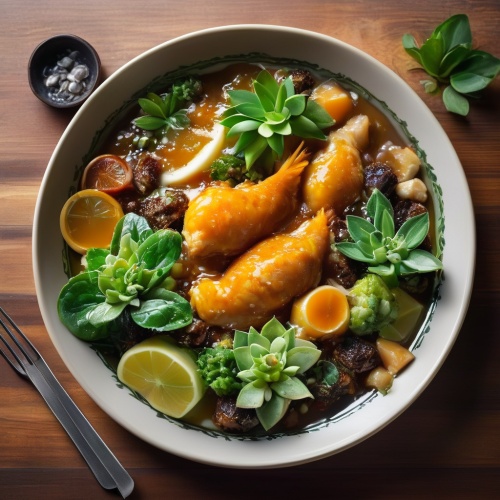 3. Kabalagala - Kabalagala, also known as Gulu chicken, is a popular Ugandan dish originating from the Northern Ugandan region. Consisting primarily of chicken cooked in a tomato-based stew, it is flavored with a unique blend of local herbs and spices, including magi (a type of bouillon cube), garlic, onions, and fresh or dried chili peppers. The dish is often accompanied by sides such as mashed matoke or posho (maize porridge).
3. Kabalagala - Kabalagala, also known as Gulu chicken, is a popular Ugandan dish originating from the Northern Ugandan region. Consisting primarily of chicken cooked in a tomato-based stew, it is flavored with a unique blend of local herbs and spices, including magi (a type of bouillon cube), garlic, onions, and fresh or dried chili peppers. The dish is often accompanied by sides such as mashed matoke or posho (maize porridge).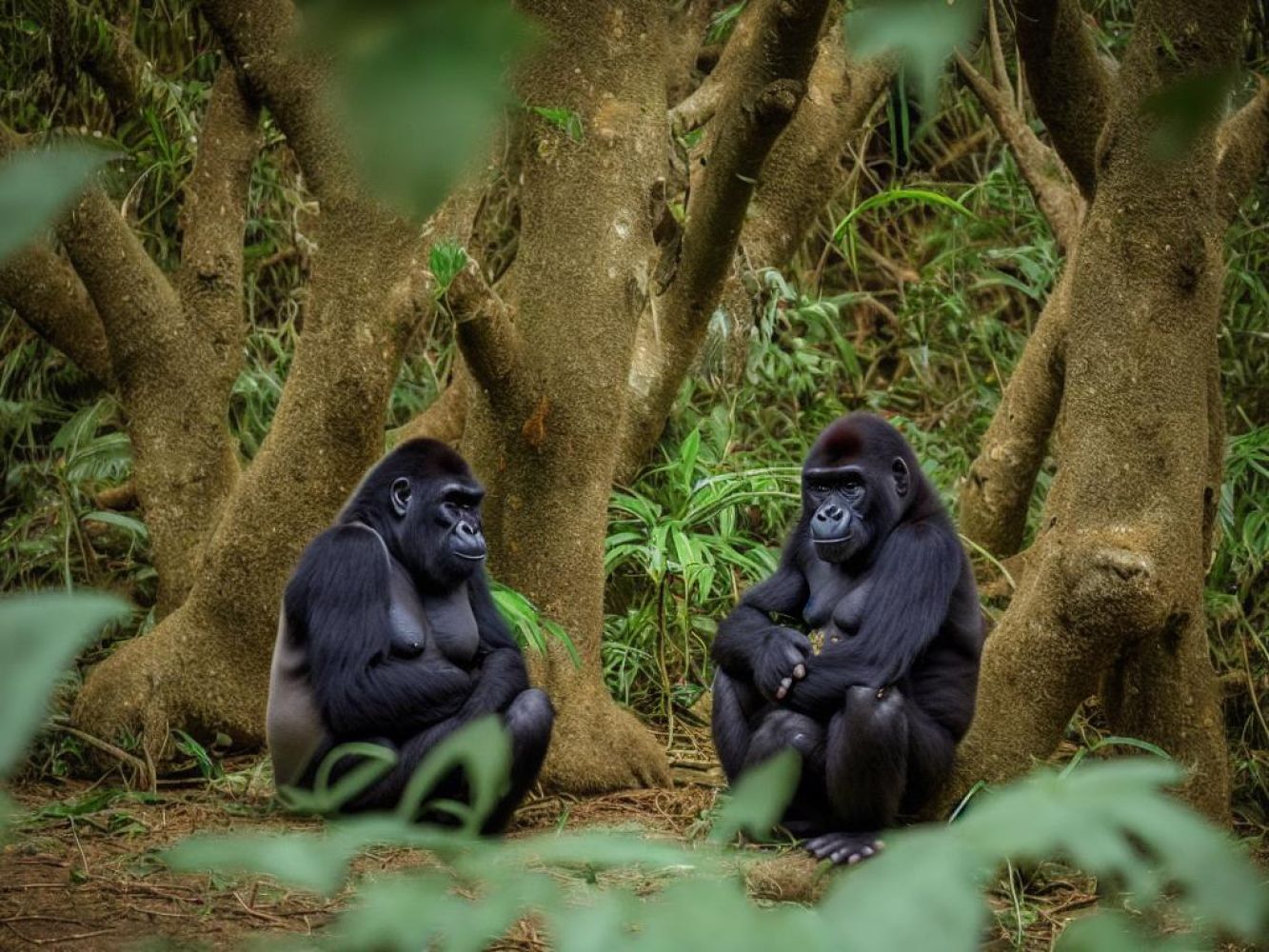
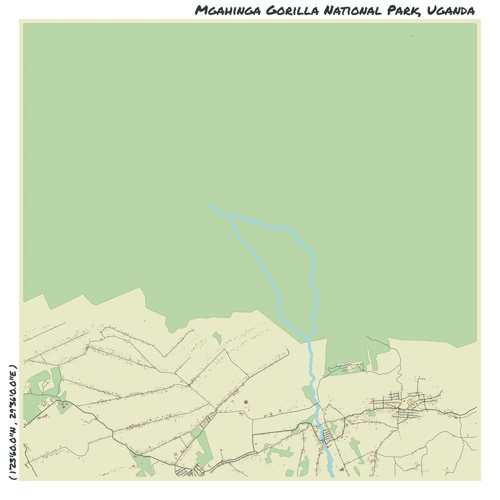
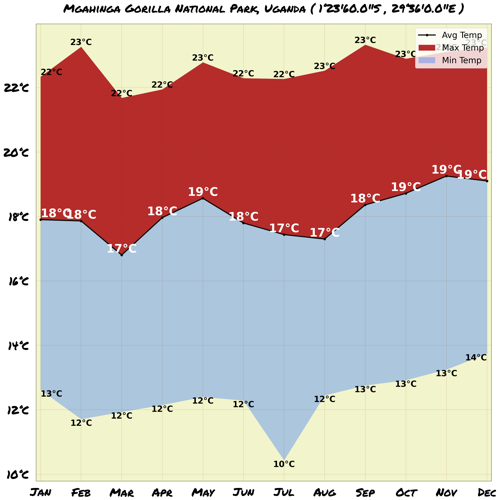


Comments
NO COMMENTS